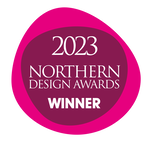When did you first realise your passion for interior design?I've always been very creative and aesthetically driven. I used to work as a fashion merchandiser and buyer for boutiques which gave me skills which lent themselves easily towards interiors. I realised I really wanted to be an interior designer when we bought our first house and started renovating it. I had this "AHA!" moment where I realized that interior design is fashion for your home which is more permanent, more impactful to your life, and more important. How did you land your first client?My son made a friend at pre-school whose mother happened to be an interior designer so I basically begged her for a job. She wanted me to start the next day as she really needed help. She realised my potential and asked me focus more on her interior design projects and less on my freelance merchandising business. Within the year I started taking on my own clients and she was super supportive. From there I kept getting referrals. In my first few months I spent a lot of time listening to the "A Well Designed Business" podcast and signed up for Kimberley Seldon's "Business of Design" course. These things helped give me tools to streamline my processes. Once I implemented those changes, I felt empowered that I was running a proper design business as my presentations got slicker and more organized. What is your process that you take your clients through?For me it’s all about the fit! If clients find me on social media or have spent time on my website, they know me a little bit better and like ‘me’ and therefore we are a better fit. If the client doesn't really align with me aesthetically, it makes the whole process harder. There are enough designers out there with a range of aesthetics that there is really someone for everyone and I have realized that it’s okay if it’s not me. I set up an initial paid consultation where we do a big brain dump of ideas (this also allows me to make sure that our personalities will be a match too) and if the client just wants to run with that and do the project themselves that's fine. Most times they love my ideas and don't know how to implement them so they hire me. Then I draw up a proposal for them based on the scope. Once the project begins we start with initial mood boards that nail the look down and feel, followed by a feasibility meeting with any trades to make sure that things we are dreaming up are possible. Once the overall look and feel is signed off on, we start working on the floor plan. Once that is finalized, we then can start filling in the blanks. We source the actual furniture pieces that fit the dimensions we laid out, design cabinetry, source the materials for hard finishes, etc. After everything has been sourced and budgeted, we do a full presentation with all the product line sheets, fabrics, finish samples etc. We can go into a revision phase if needed, but the next step would be procurement where we start purchasing all the pieces. Everything gets shipped to a warehouse while we are waiting for trades to finish their work. Once the shell is ready, we have everything delivered. Then you get your big HGTV reveal moment. From the time you spent in the UK, did you find any of these steps different?I think as we do so much furniture production in the US, we are quite lucky that we have more sources. In the UK I found it difficult to find much at wholesale. I think in the UK you have a lot more artisans, so it’s great if you want to make custom pieces Custom furniture is usually better made and relatively local and therefore more sustainable which we love. How would you describe your design aesthetic?I always find this challenging, it’s hard for me to put a finger on a single aesthetic. I think it’s an eclectic mix of a lot of different elements. I like modern and traditional interiors, but for me it’s all about balance. So it’s about having a look that isn't too much one way or the other. I'm also very casual - I think the term is Californian Casual, lots of organic materials, textures and colours that are found in nature. I don't like to use super bright colours; I prefer things to be more saturated and deeper vs. brighter and louder. Comparing the differences between how people tackle interiors in the UK vs California, what were your observations?I think even though we have historical homes and countryside homes here in the US, in the UK the interior decor leans into the architectural style of the property a lot more. Whereas here we use it as the framework and do something much more modern with the décor to balance it out or even contrast it. I always gravitate towards linen as the go-to fabric and I found the UK gravitated towards velvets. A lot of this comes down to the climate. But I've seen a lot more velvets being used in the US now, more in natural colours though rather than jewel tones with more vintage and worn feels. What do you think is helping educate clients to get designers involved as early as possible?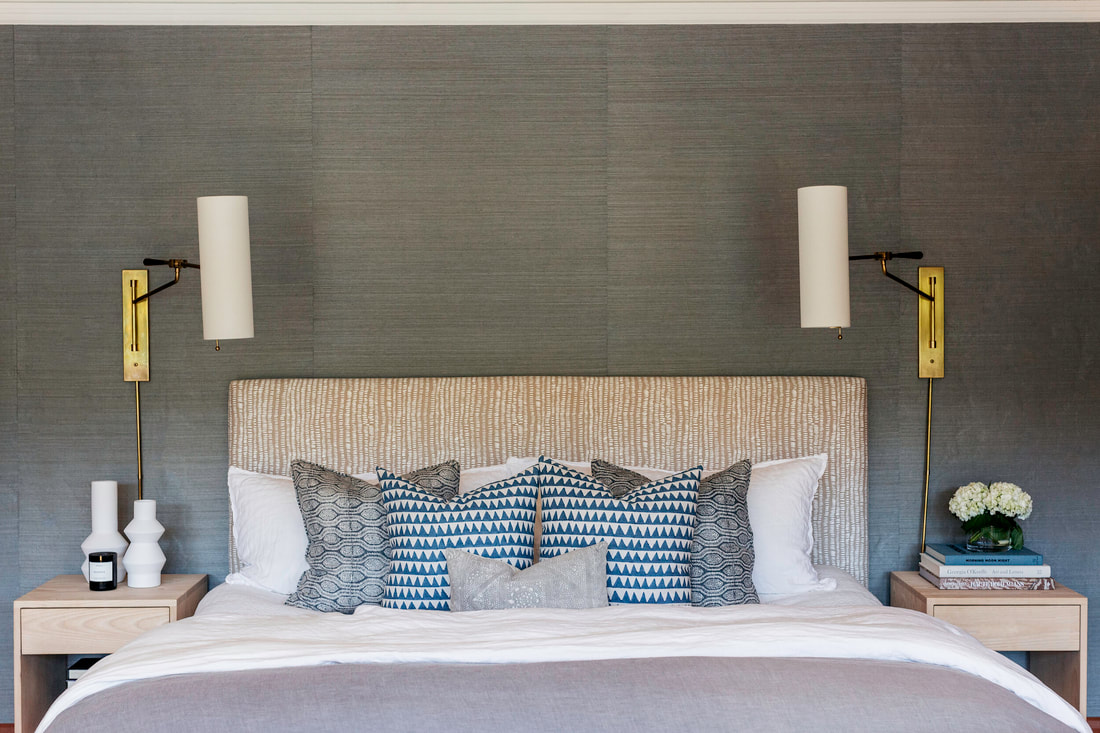 I think Pinterest and Instagram has been really helpful to show people what is happening behind the scenes and what it takes to get to the finished product. Most of my clients have style and an opinion, but need the skill of the interior designer to arrive at the end goal of the beautiful interior that they have in their mind. They want to take it to a different level that you can achieve from just going to the store and buying some furniture that you saw in an ad. I think especially now, we are realising how important the home is and that it should be our favourite place to be! The other thing is that, fully furnishing your house is a massive investment. You would never undertake that level of investment in any other area of your life without seeking the advice of a professional, so why would you spend money on renovating or furnishings your house without getting the proper advice. Obviously, an architect will make sure its structurally sound and can give you feedback on layout etc, and the builder will build it for you, but who is checking that the way you live your life works with the space that you have? Who is making sure that the materials you choose make sense for your family? Who is making sure that there is harmony from one space to the next and that everything is cohesive and well considered? That is the work for an interior designer. My clients tend to find a sense of relief when they get a designer on board because they can offload all those decisions, which can be a lot to handle. Also, it allows them to get someone's fresh eyes on the space, sometimes coming up with alternative solutions that may have never been thought about or considered. What piece of work are you most proud of?I think the two most recent projects are my favourite. The mill valley project is so me, I could move in tomorrow and not change anything as my client’s style was my style. We had loads of vintage and quirky gorgeous textiles, my favourite artists pieces are there... It’s basically my secret little dream house. The other project was the Mountain home. I love it as it was so outside of my comfort zone. The house was super 90s rustic and came out so beautifully. We had to respect the features of the house that the client didn’t want to get rid of (as they were the features that made them fall in love with the house in the first place) but work with them to create something beautiful. The brief was rustic romantic, which I wasn't sure of at first, but by delving deeper into their wishes we found a happy eclectic twist on it. It was a really happy collaboration between the clients and myself to come up with something that really felt fresh. What is a massive no-no in interior design?I have so many, but I think the first one that comes to mind is buying everything from the same vendor or shop (more like brands rather than curated interior shops). So, having a home that looks like the catalogue for that brand, it always looks exactly like that... A copy. The second thing is following rules too closely, people get paranoid about scale sometimes you can play with it a bit. Not rugs though, a rug that is too small for your space is such an immediate issue, so don’t break that rule! I think that nothing should be off limits really, even with colour or neutral spaces. In the UK you guys know that you can go crazy with colour and get it so right. What is your favourite trend at the moment? I think there are some things that have gone from trends to classic. That's when you know it’s good. The shift to handmade and artisanal is such a great trend I can get on board with and it should stick around forever. We go out our way to find pieces that are made in an artisanal way, which can benefit the maker in a more immediate way and supporting that community rather than exploiting that craft. These products tend to be more beautiful and have more soul to them... So might as well highlight and celebrate of people’s incredible talents. A machine can create a block print, but those that are made by hand are just that much more beautiful because of their imperfections. And if money can go to that person that is making it so lovingly, surely that is better than it going to a massive corporate machine And one you can’t wait to see the back of?I think I'm ready to get rid of boho and macramé and I think they are better replaced by some of these more soulful pieces I just described. I think some maximalist interiors can be a bit much for me and I don't like things being too in your face. I like things being slightly less obvious. Maximalist can be good if it’s done right, but it can also just be mayhem. More isn't necessarily always more, and just like delicious food, everything in moderation. You can go bold with color and/or print but I feel it should always be balanced and considered.
0 Comments
Leave a Reply. |
Categories
All
|
Award winning Interior Design & Styling - Cheshire, UK
Copyright © 2022

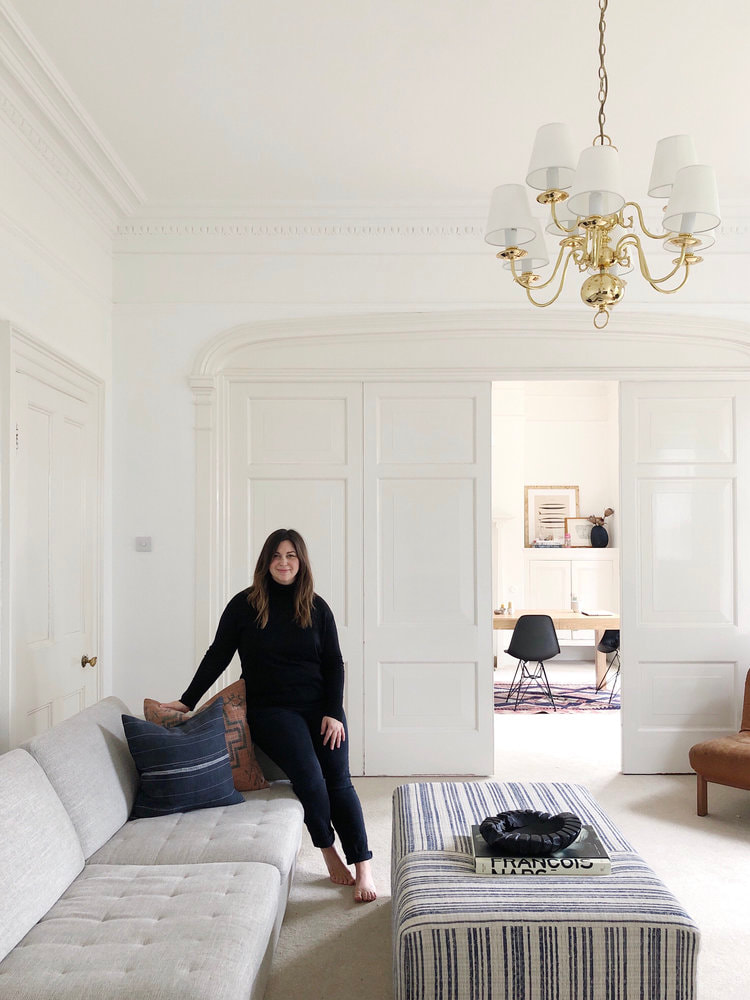



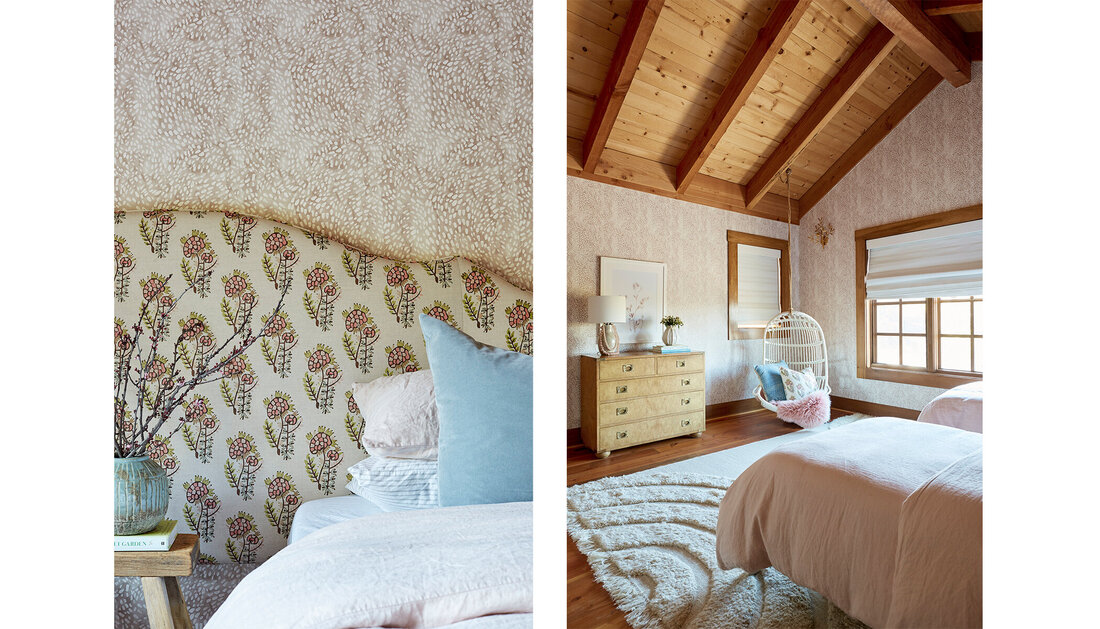
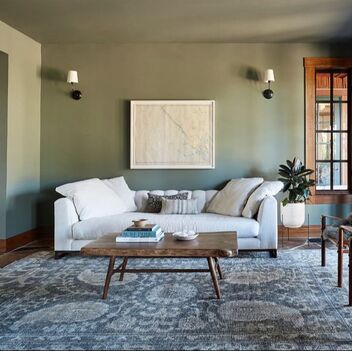


 RSS Feed
RSS Feed

